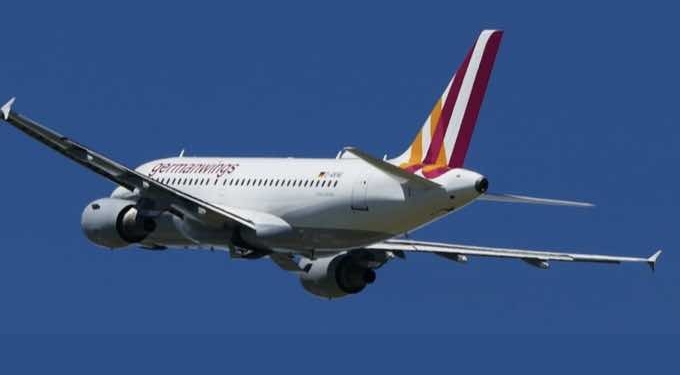Today, Germany has a large commercial fleet and many developed airports. Out of 68 commercial passenger airports, there are 36 international ones. 15 airports have over 1-million passenger yearly turnover. The distinctive feature of all airports is developed infrastructure, well-organized aircraft movement, and diverse amenities. Mostly, these airports have a long history starting in the the 20th century (e.g. the Munich airport (Munchen-Riem) was founded in 1949).

Here’s the list of five largest airports of Germany:
- Frankfurt-am-Main (FRA). Founded in 1936 as a simple air station with a grass runway, the airport had no sign of its future as the European hub. There were grazing sheep and potato plantations right at the airfield. Still, the favorable location at the “air crossroads” of Europe has inspired the quick growth. The airport began to serve as a landing and fuel station during transatlantic flights. Today, its a modern two-terminal airport handling more than 70 million passengers annually and retaining its place as fourth Europe’s busiest airport. It is 9.5 miles far from Frankfurt downtown and has three terminals, one serving exclusively Lufthansa first-class travelers. Its facilities include multiple shops, a bank, baggage wrapping and storage service, medical care, and even a dog hotel.
- Munich (MUC). This busy airport starts its history back in 1992 when the Munchen-Riem airport was closed. The new airport has been built 24 miles from Munich city centre; it’s easily accessible by bus, taxi, and train. The terminal has two runways (13,000ft each) and a helicopter landing place. MUC can accept almost any type of aircraft while the planes with the noisy motor aren’t admitted. More than 46 million travelers use it yearly to get to or from 250 destinations, both domestic and international ones. Munich airport arrivals board is always changing, as the aircraft take off or land there almost every minute. 17 airlines operate in the airport while Lufthansa uses it as a hub.

- Düsseldorf (DUS). Third German largest airport currently greets over 25 million international and domestic passengers annually. It was founded in 1927 close to Düsseldorf (4 miles to the downtown). It has developed a railway connection with over 350 metro trains stopping at the airport train station and the automatic SkyTrains running between the station and the terminal. More than 60 airlines operate there ensuring the connection to 190 destinations in the world. It serves as a home airport and a hub for German-based Eurowings and Germanwings. The airport has three terminals that are connected by the central large building. They feature several lounges, shops, and food facilities, many of the services are wheelchair-accessible.
- Berlin-Tegel (TXL). Another fast-growing German airport, TXL was built in 1948 in just 90 days in order to support Berlin Airlift operation. 7 miles away from Berlin, the airport was constantly growing up to now. It has increased its passenger turnover by 10% in 2019 making in total 24 million travellers per year. The airport is only 7 miles from Berlin downtown and has developed infrastructure. Though there’s no direct train, the express bus stop is situated right at the terminals A, B, and E (there are five in total). Its two runways meet or release a plane every 4 minutes, heading to or from one of the 148 destinations located in 55 countries of the world.
- Hamburg (HAM). Established in 1910, Hamburg airport is the second world oldest commercial airport. in 2016, the airport was renamed Hamburg Airport Helmut Schmidt, after the well-known German chancellor. Today, there are 44 airlines operating in the airport, that bring more than 17 million passengers to and from 114 destinations inside and outside Germany, every year. Its two runways are even busier than those of bigger Berlin-Tegel airport, with an aircraft appearing there every 3.5 minutes. Just 5 miles away from Hamburg city centre, the airport has a direct train and bus connection with it. Its two terminals offer a wide array of facilities including wheelchair rental, smoking zones and baby care rooms.








![Charles Eisenstein: The Illusion of Separation [2-min video]](https://consciouslifenews.com/wp-content/uploads/2024/02/the-illusion-of-separation-350x250.jpg)





